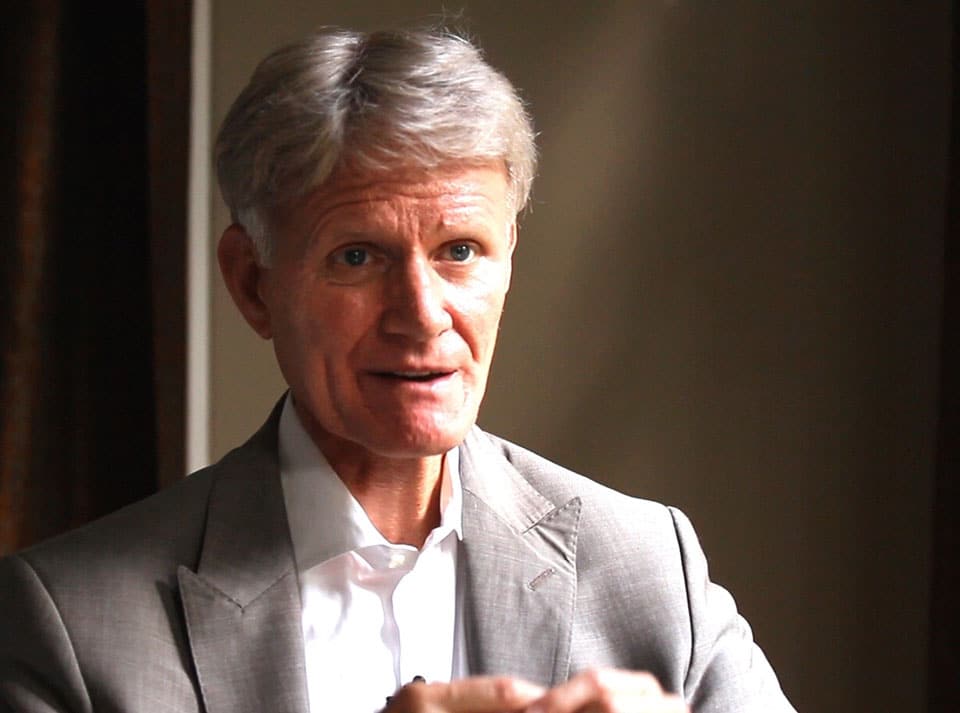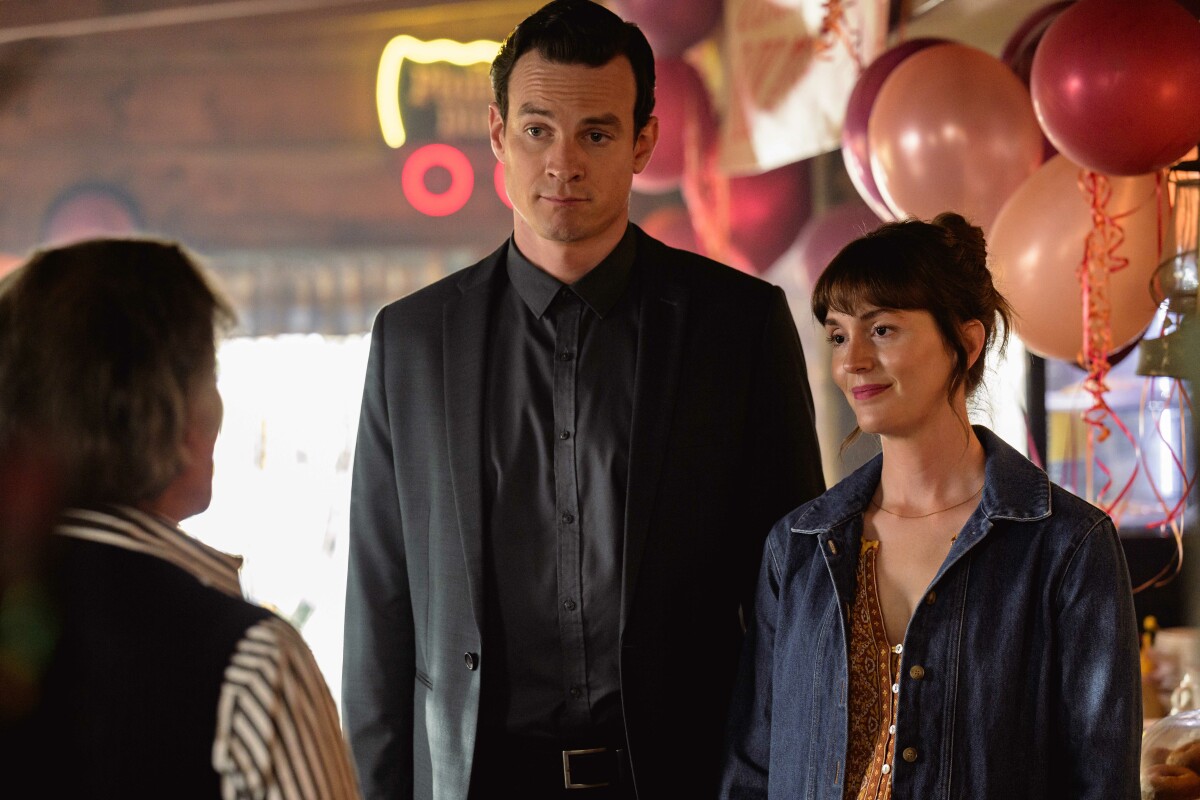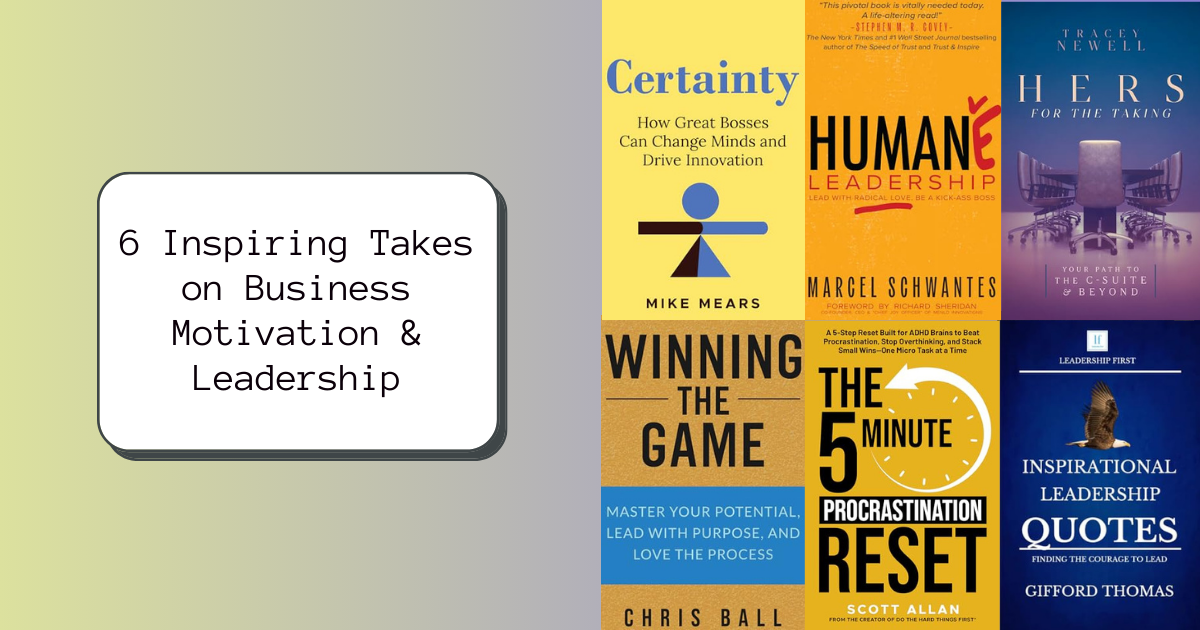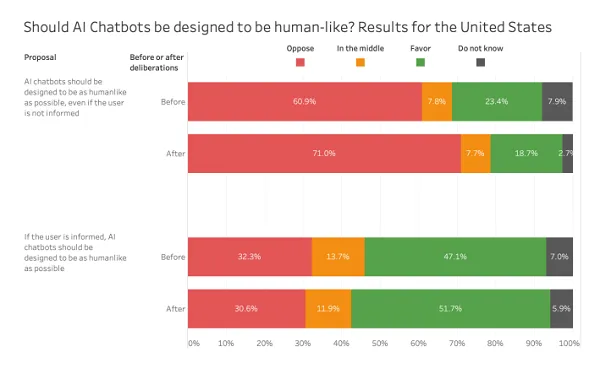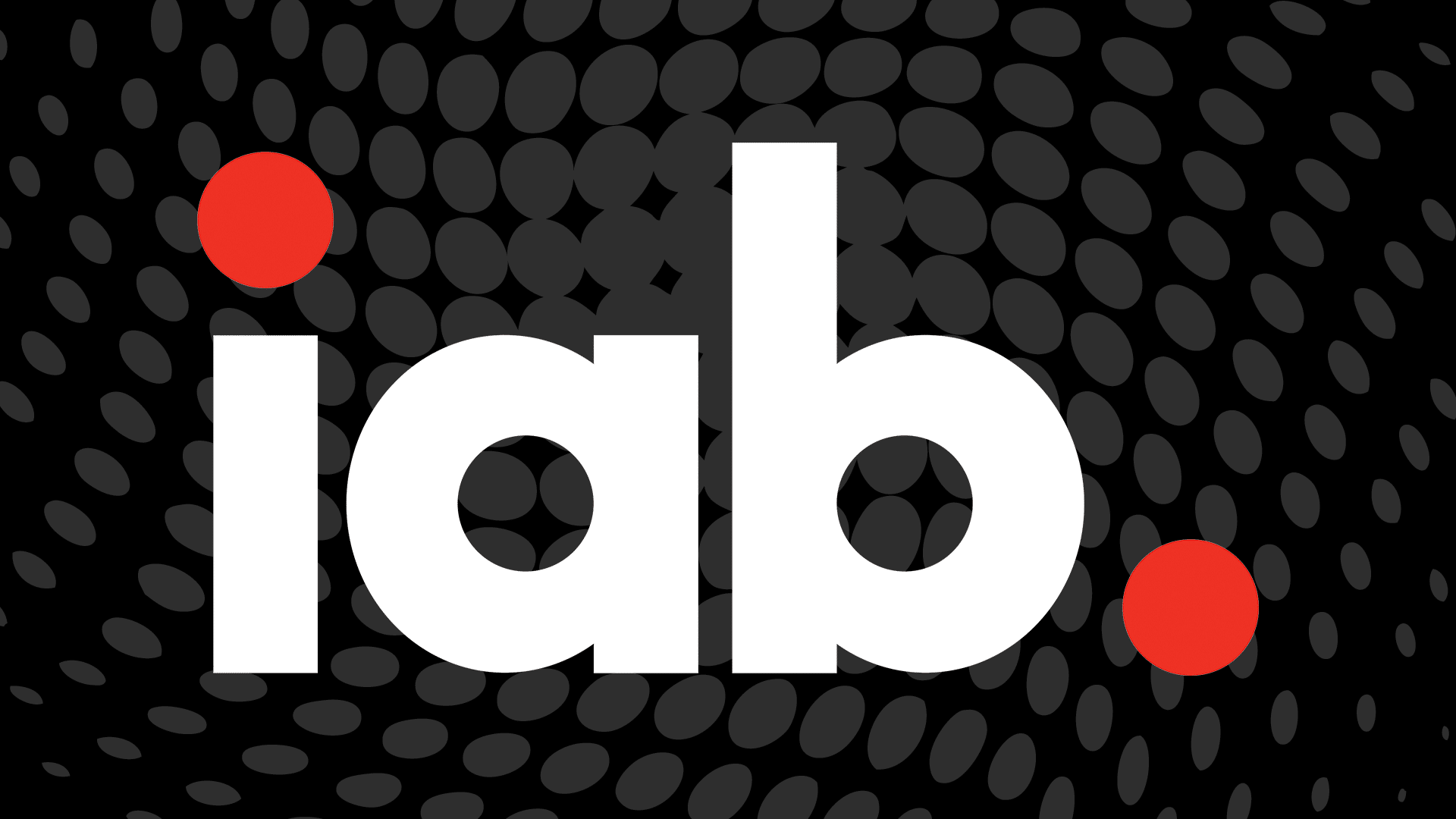Complexity is the unsung nemesis of 2023 for CEOs. No matter the industry, economic uncertainty, wild supply chains, and the throes of digital transformation are making businesses more complex than ever before. And while some of these complications may ease in time — such as those caused by inflation, for example — many are going to increase. According to Spiceworks Ziff Davis’s “The 2024 State of IT” report, 66% of companies plan to increase their year-over-year IT spending despite recession fears.
CEOs are under pressure not only from external complexity but also from the complexity of their own routines and processes. They deal with an increasingly vast stack of tools and technologies, and the transition time for adapting to these tools has quickened thanks to the need to work remotely. According to Okta’s “Business at Work 2022” report, large organizations use an average of 187 apps. While this is the new business reality, there are strategies top executives can employ to stay ahead of it.
How Is Complexity Impacting the CEO Role?
This double-sided battle with complexity is taking a toll on leaders. They are leading through challenges and practicing business problem-solving on the front line while trying to navigate their own ways through the new apps and systems on their desks.
One major challenge presented by complexity is that symptoms often appear in different guises. These symptoms are the visible manifestations of underlying tensions. A CEO may notice reduced efficiency or lack of employee engagement but fail to understand what is causing it. Then, there are some symptoms that are attributed to the wrong problem or that go unobserved but wreak silent havoc on an organization. However, just like a patient complaining about persistent fatigue, observing a symptom reveals a little about what might be causing it. In fact, there might be multiple causes at play.
In such situations, addressing a symptom swiftly to show progress can produce conflict and resistance, creating new problems down the line. Thus, the first challenge of understanding and solving complex business problems is distinguishing the visible indicators of a problem from the myriad factors that may be causing them. It is the causes executives want to tackle, not the symptoms.
And to make matters more complicated, problems often get pushed into categories and quickly framed to find a solution. Executives will often accept or inherit an initial framing of a problem, especially when they aren’t made aware that it’s more complex. Businesses need quick solutions, and the best way to begin on solutions is to swiftly frame the problem and pave a path toward an answer. But with a complex problem, a quick solution will lead to more problems and continuing symptoms.
Take data silos, for instance. This is a problem I have seen crop up in many organizations. Data silos may initially be framed as a technology issue, requiring investments in new IT solutions, but viewing the problem from a human capital perspective, for example, might suggest a different angle. CEOs may need to develop data literacy to discern which information is worth attending to and which can be ignored. Would investing in more technology just pull a company away from a good solution?
How Can CEOs Move Forward Through Complexity?
In terms of business challenges, 2023 will set a new pace. But what can CEOs do to withstand uncertainty and make their way through complex challenges sustainably?
1. Resist plunge-in bias. Often, addressing the problems of complexity requires business leaders to make tough choices. And when competitors are trying to race ahead, it is all too tempting to jump into the race to not get left behind. This desire to start solving a problem without fully understanding it and without knowing how to solve it is known as plunge-in bias, as described in a 2018 study. The desire to “dive in” is especially pronounced when executives face issues that are both complex and unfamiliar. Under those circumstances, they are often tempted to cut through the noise to get to the heart of the problem, typically by applying what has worked in the past. However, what is “noise” and what is “signal” is difficult to discern when problems are multifaceted and unfamiliar. Thus, plunging in without knowing the waters well enough can produce unwelcome surprises.
Leaders tend to dive in and apply whatever has worked in the past, but this has its limitations. When so much of the working environment is in flux, problems may not conform to previous patterns, and problems with greater complexity can also come with higher, irreversible stakes. While sitting on the sidelines isn’t always an option, and plunging in makes sense for urgent problems, leaders should ensure they’re fully looking at the problem before diving into a solution.
2. Design an adaptable decision-making process. The importance of strategic decision-making in business cannot be overstated, and decision-making can take a hit when complexity is high. As such, leaders need to better understand the markers of complexity in order to make strategic decisions. Remember: Speed is overrated.
The U.S. Navy SEALs abide by the saying, “Slow is smooth, and smooth is fast.” It is best for CEOs to also operate by this mantra when dealing with complexity and unfamiliar terrain, using speed and agility only when the level of complexity has been established and is understood. In doing so, it’s helpful to remember that many industries and firms are currently dealing with the same challenges. So, don’t hesitate to look at how other industries are handling similar problems and how that has played out for them.
3. Systemize problem diagnosis. Leaders often argue that the costs associated with properly framing and meaningfully solving a complex challenge are too high, especially when competition is fierce. Time is money, after all. What is often not accounted for are the subsequent costs of making a “bad” decision and the investments required to recover from it.
In a study of 106 C-suite executives conducted by Thomas Wedell-Wedellsborg, 87% of executives say being unable to diagnose problems creates significant costs for their organizations. When problems are not effectively diagnosed, solutions are incomplete and additional issues arise with their own unaccounted costs. Leaders should try a systematic approach to diagnosing problems, such as collaborative structured inquiry. The process relies on distinguishing and separating problem framing from problem formulating and offers an easy-to-follow sequence of steps to accomplish each activity. This then lays the groundwork for better solutions and strategy development. The collaborative structured inquiry process has been used by dozens of organizations, solving some of their most vexing issues.
Understanding and solving complex business problems means thinking slowly and acting fast to systematically diagnose problems without getting boxed in by assumptions or poorly fitting narratives. And for CEOs, business problem-solving has never been more complex. However, tackling these complex business problems is possible by taking time to fully investigate symptoms to find the true source and considering the costs of correcting a rushed, incorrect decision through techniques like collaborative structured inquiry.
The post Making Tough Decisions In An Era Of Increasing Complexity appeared first on ChiefExecutive.net.



















